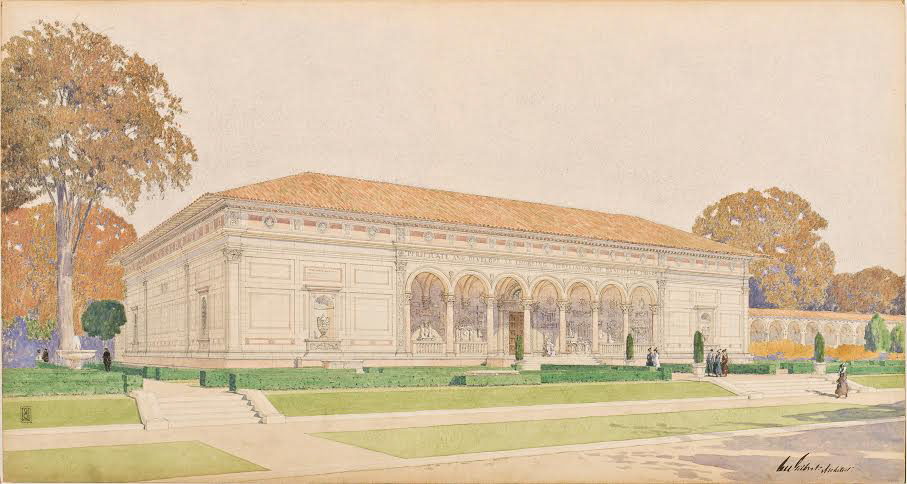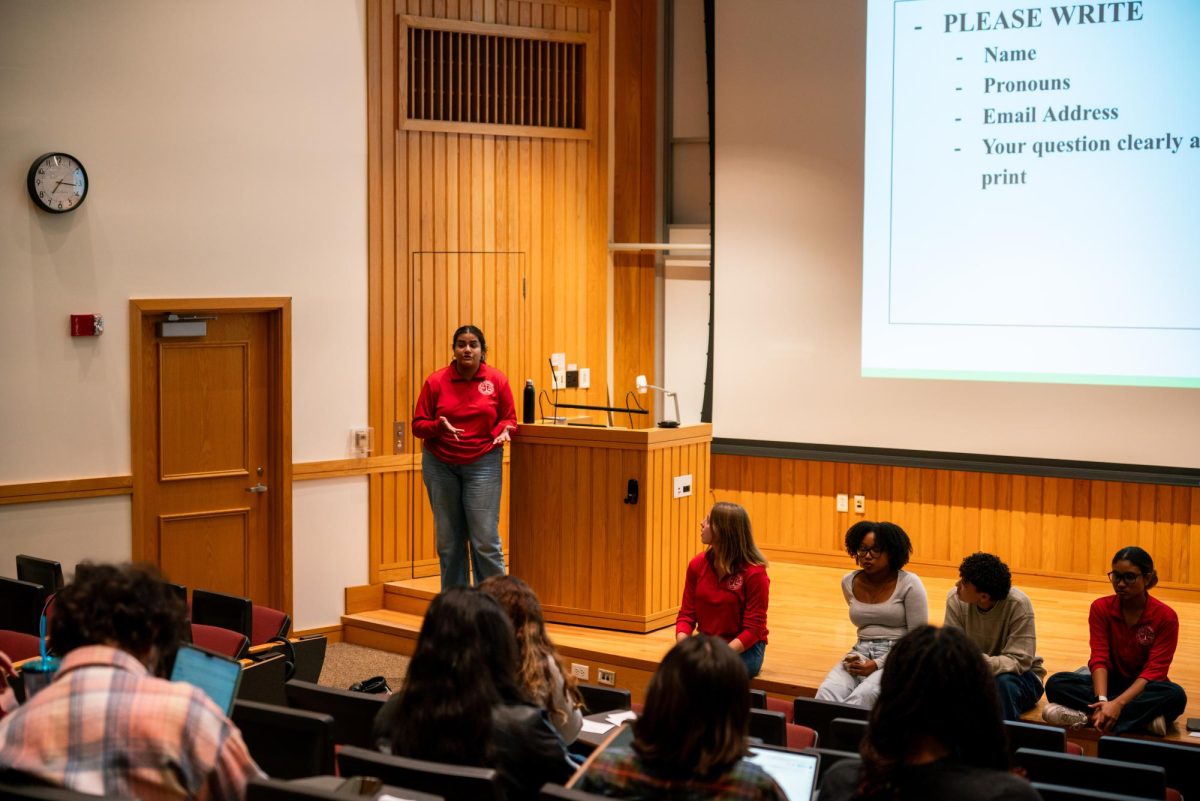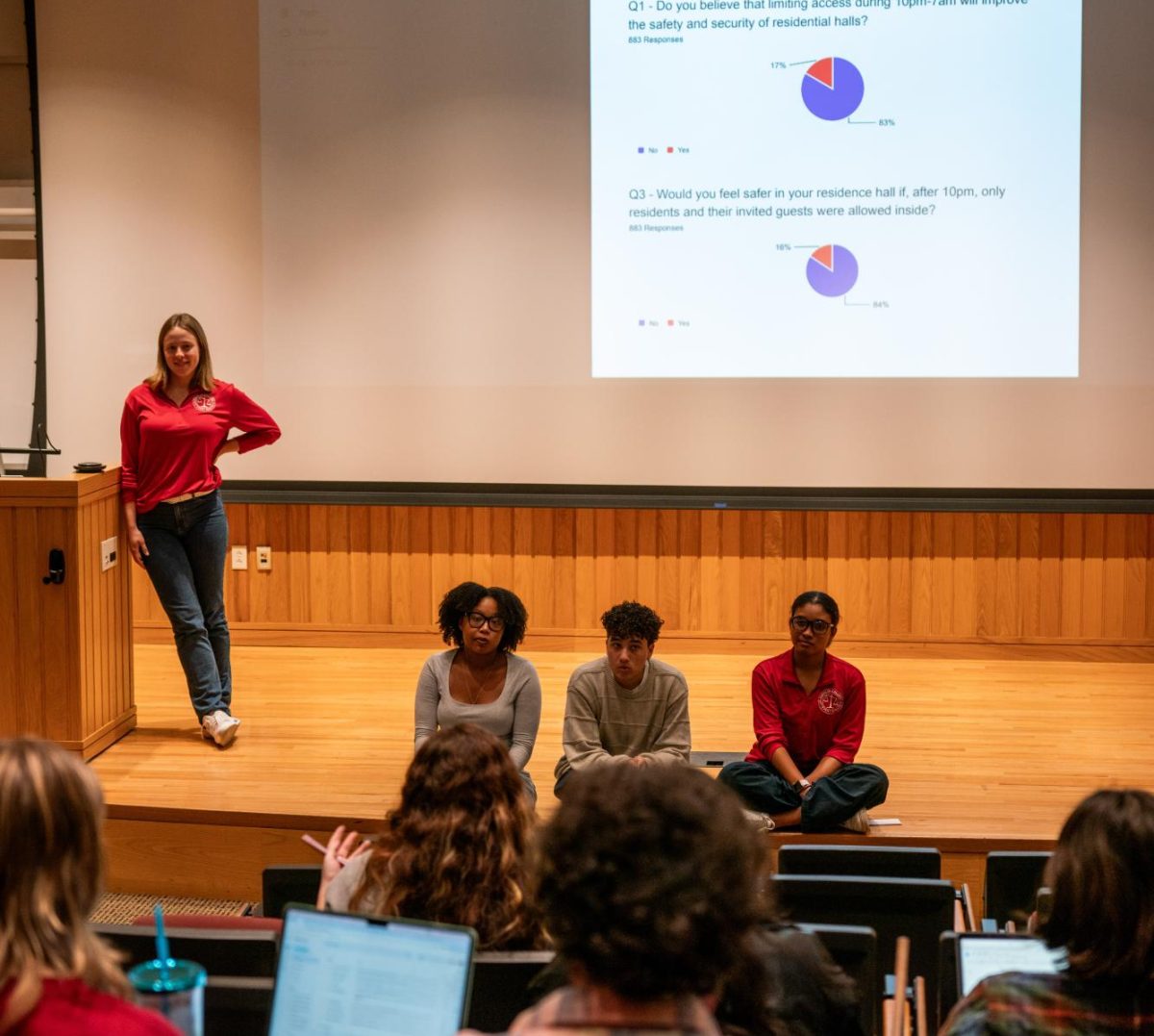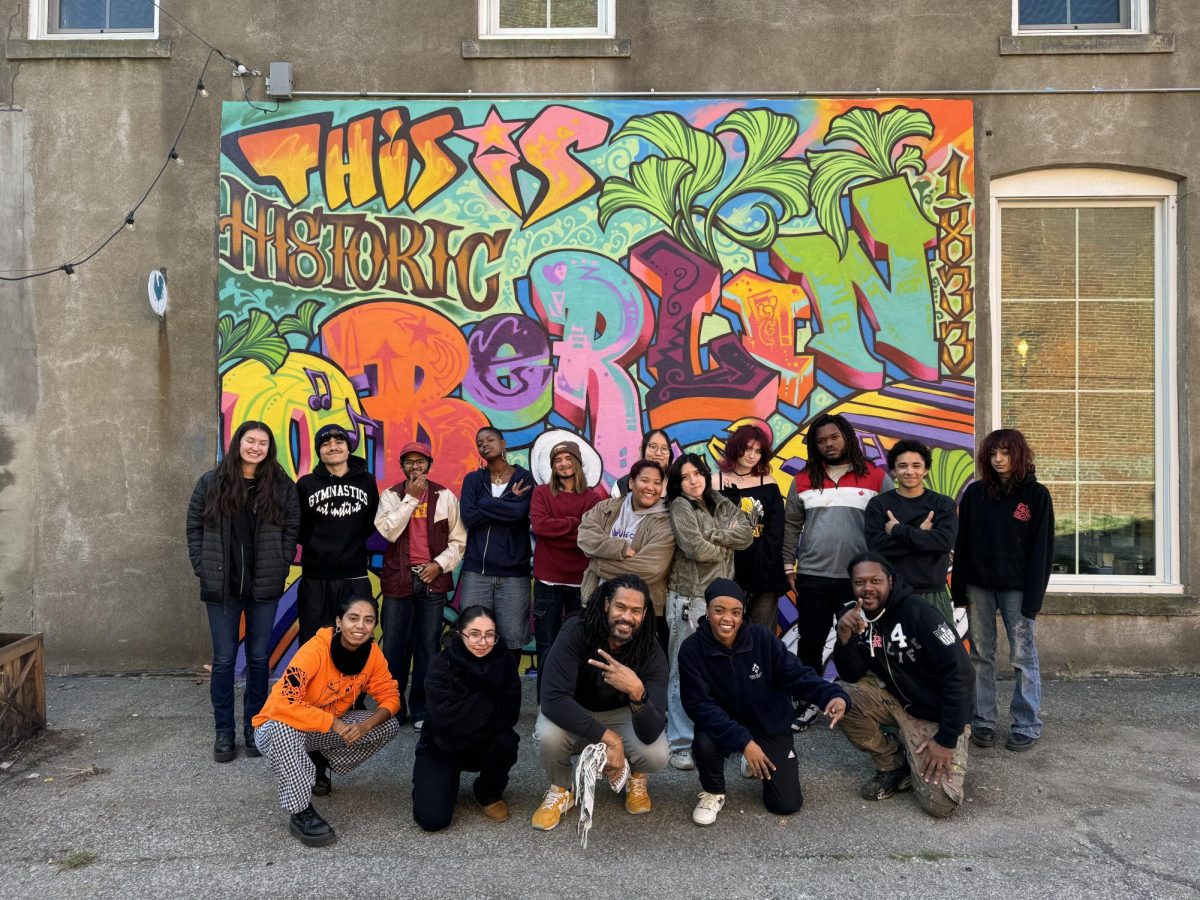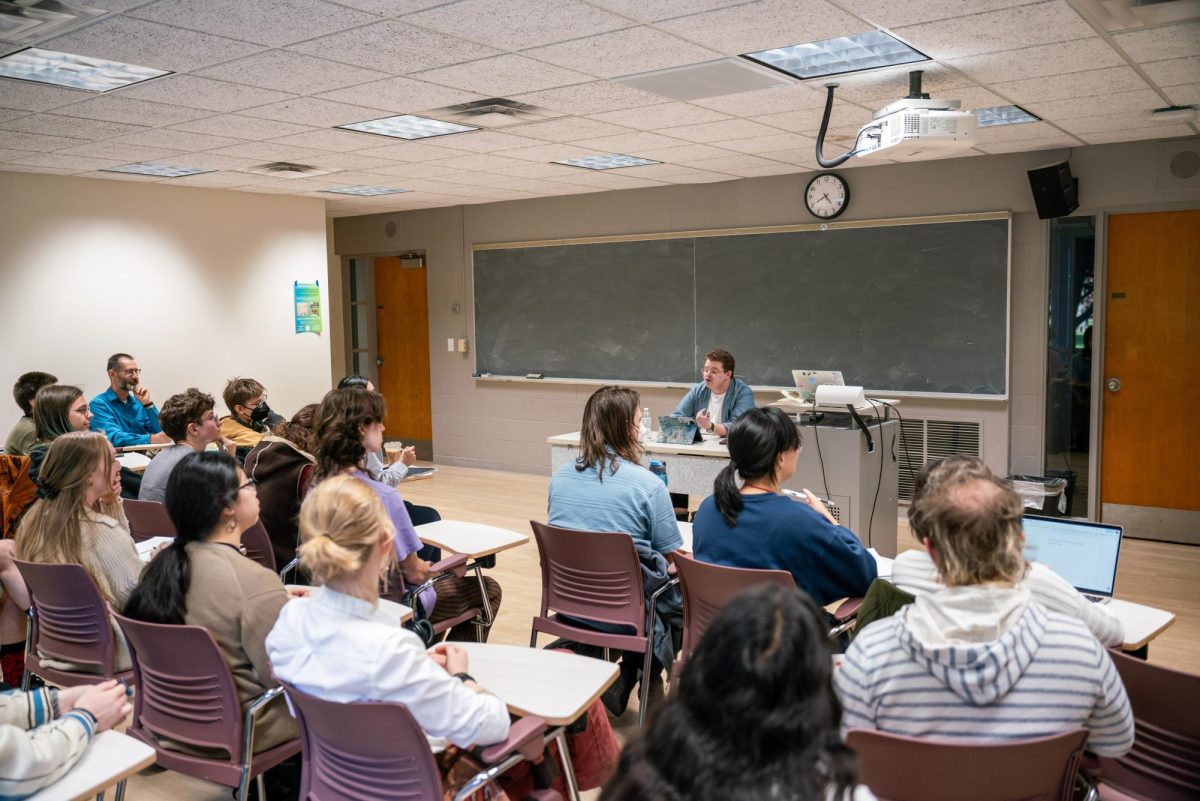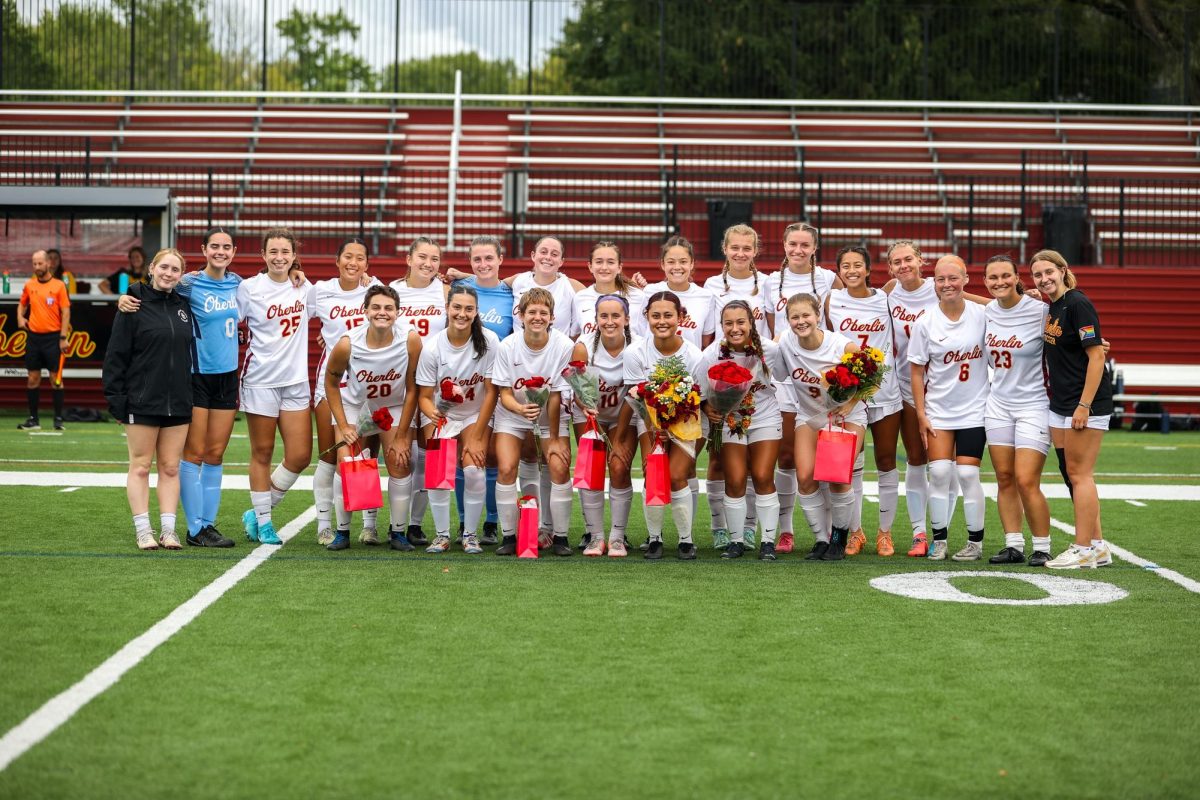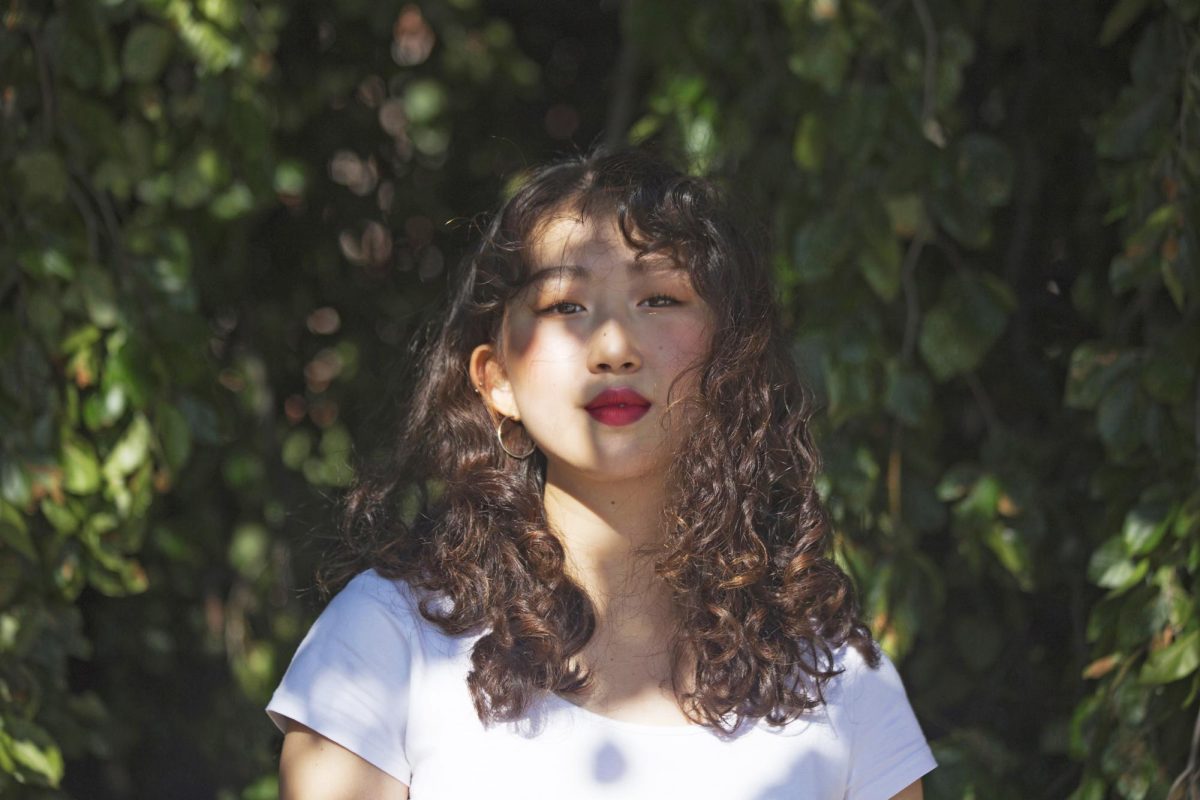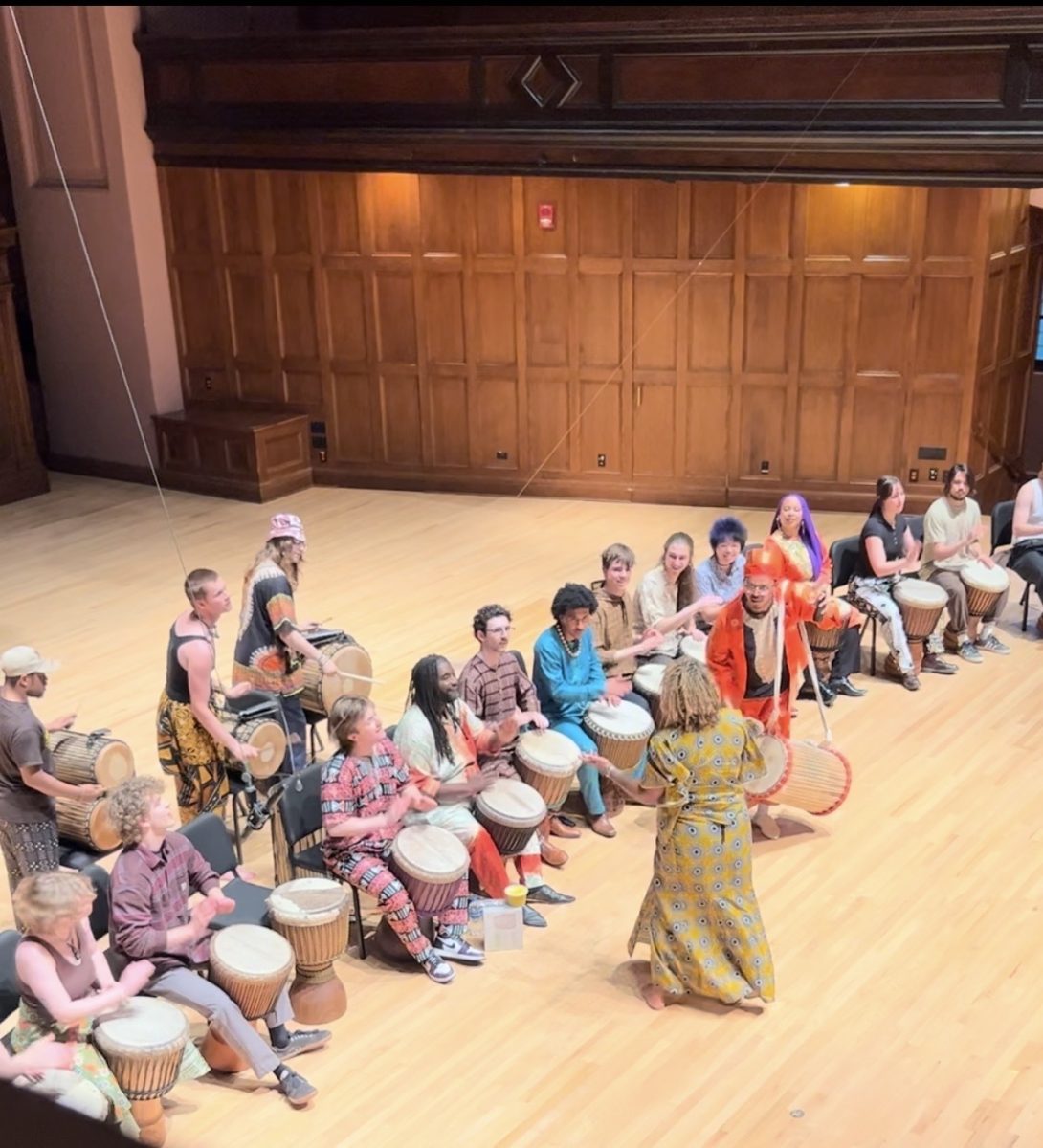AMAM Celebrates Centennial Season
Architect Cass Gilbert’s illustration of the exterior of the Allen Memorial Art Museum as it appeared in 1917. The museum celebrates its centennial this year.
September 1, 2017
Since 1917, generations of students and scores of community members have walked through the doors of the Allen Memorial Art Museum for class, special programming, or simply for the pleasure of enjoying the extraordinary collection. Today, the museum is well known for its collection of early works by many famous artists, including Picasso, Monet, Cézzane, and Mondrian. The museum is also known for the Art Rental Program and the Weltzheimer/Johnson House, designed by Frank Lloyd Wright. This academic year, the AMAM is celebrating its centennial year and reflecting on its past as it looks forward to the next hundred years and more.
The museum was unofficially founded in 1904, after Charles F. Olney, vice president of the Cleveland School of Art, left 8,000 pieces of art to the College upon his death. Dr. Dudley Peter Allen, OC 1875, and his wife, Elisabeth Severance Allen Prentiss, commissioned the construction of the AMAM so that Olney’s donated artwork could be displayed to the public. As Allen died before construction was completed in 1917, the museum was named in his memory.
Soon after the museum’s opening, the Studio Art and Art History classes offered there became so popular that the museum had to expand to fit the demands. In 1937, Prentiss donated funds for a teaching wing to be built. Today, this wing is home to the Art department and the Fisher Gallery, a student exhibition space. When Prentiss passed away in 1944, she left a large endowment and some of her own art collection to the museum.
Over the years, the museum has continued to evolve. In 1977, an addition was built which now houses the Clarence Ward Art Library, a gallery for modern and contemporary art, studio space, and more classroom space. The building was renovated in 2011 to make it more energy efficient and accessible and in 2015, a conservation project to preserve paintings on the ceiling and above the windows was approved.
While the museum’s building is magnificent, the AMAM’s life is, of course, its collections. The rotating exhibitions of Asian art often draw on the donation of Mary A. Ainsworth, OC 1889, who donated over 300 volumes of Japanese artists’ books and 7 wood blocks for printing after traveling to Japan. Other alumni, such as R.T. Miller Jr., OC 1891, and Ruth Coates, OC ’34, have made financial donations to support the museum’s acquisition of new art.
The museum is celebrating its centennial by featuring gallery exhibits such as A Century of Women in Prints, 1917–2017; A Century of Asian Art at Oberlin; and This is Your Art: The Legacy of Ellen Johnson.
Curator of European and American Art Andaleeb Banta is responsible for A Century of Women in Prints, which showcases works from a diverse group of women.
“Artists in this exhibition explore a number of subjects, including questions about history, identity, race, gender, spirituality, concepts of beauty, and our systems of knowledge, and portray them in a variety of media,” Banta said. “I think displaying this exhibition in Oberlin is an exceptional opportunity to present a portion of the collection … that is strong, but has not been highlighted in this specific way. I could not do this exhibition anywhere else.”
The AMAM’s print collection is not exhibited often since, according to Banta, the prints must remain in storage to preserve them. This display offers a rare chance for visitors to enjoy these unique and thought provoking works, and only lasts until December.
A Century of Asian Art at Oberlin features pottery, paintings, and sculpture from Japan, China, and Persia, including the first piece of art acquired by Oberlin’s collection: a Chinese vase donated by Dalzell Bunker in 1894, according to the Joan L. Danforth Curator of Asian Art Kevin Greenwood. Bunker was a missionary in Korea, and later contributed other works of art to the College. In the Ripin Gallery upstairs, three walls display Chinese art, and one has Persian and South Asian art. The Chinese art is mostly paintings of flowers, birds, landscapes, and figures, while the Persian and South Asian works include prayer rugs and pages from the Quran.
“It was tough to narrow the collection down to things that touched on the history of the museum and the relationship between Oberlin and Asia,” Greenwood said. In the spring, the upstairs gallery will display Japanese prints. Greenwood called these prints the “strength of the Asian collection.”
The final centennial exhibition currently on display is This is Your Art: The Legacy of Ellen Johnson. For this collection the Ellen Johnson ’33 Assistant Curator of Modern and Contemporary Art Andrea Gyorody, assisted by Emma Laube, OC ’17, researched Johnson’s life, her contributions to the AMAM, and her involvement in the art department as a whole. Johnson, an alumna who also taught at Oberlin and curated some AMAM exhibitions, was instrumental in acquiring works from artists including Andy Warhol, Frank Stella, and Eva Hesse. The collection features pieces that Johnson helped to acquire, including a Cézzane painting, a Warhol soup can bag, and a Picasso still life.
According to Gyorody, the collection is like a snapshot of modern art history.
“Walking … into this collection is like walking into your textbook and getting to see these things manifest on the wall which normally you just see in a PowerPoint in your class,” she said.
All the exhibits illustrate the museum’s history and what artists, curators, donors and the Oberlin community have done to make it what it is today.


